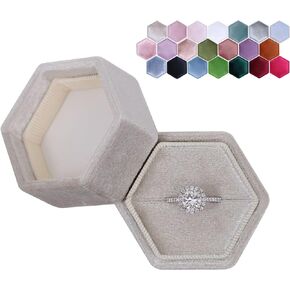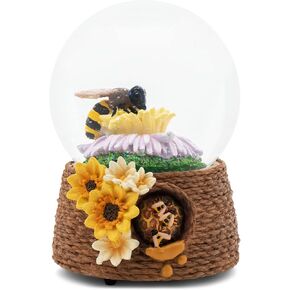- Shopping, made easy.
- /
- Get the app!
Combustible bouquets were used by the ancient Egyptians, who employed incense in both pragmatic and mystical capacities. Incense was burnt to counteract or obscure malodorous products of human habitation but was widely perceived to also deter malevolent demons and appease the gods with its pleasant aroma. Incense burners have been found in the Indus Civilization (3300–1300 BCE). Evidence suggests oils were used mainly for their aroma. India also adopted techniques from East Asia, adapting the formulation to encompass aromatic roots and other indigenous flora. This was the first usage of subterranean plant parts in incense. New herbs like Sarsaparilla seeds, frankincense, and cypress were used by Indians. At around 2000 BCE, Ancient China began the use of incense in the religious sense, namely for worship.Incense was used by Chinese cultures from Neolithic times and became more widespread in the Xia, Shang, and Zhou dynasties. The earliest documented use of incense comes from the ancient Chinese, who employed incense composed of herbs and plant products (such as cassia, cinnamon, styrax, and sandalwood) as a component of numerous formalized ceremonial rites. Incense usage reached its peak during the Song dynasty with numerous buildings erected specifically for incense ceremonies. Brought to Japan in the 6th century by Korean Buddhist monks, who used the mystical aromas in their purification rites, the delicate scents of Koh (high-quality Japanese incense) became a source of amusement and entertainment with nobles in the Imperial Court during the Heian Era 200 years later. During the 14th-century Ashikaga shogunate, a samurai warrior might perfume his helmet and armor with incense to achieve an aura of invincibility (as well as to make a noble gesture to whoever might take his head in battle). It wasn't until the Muromachi period during the 15th and 16th century that incense appreciation (kōdō) spread to the upper and middle classes of Japanese society.
 BLUTETE Hexagon Velvet Jewelry Single Slot Ring Box Engagement Wedding Box Keepsake Box Bridal Photo Ring (Beige)
KWD 5.500
BLUTETE Hexagon Velvet Jewelry Single Slot Ring Box Engagement Wedding Box Keepsake Box Bridal Photo Ring (Beige)
KWD 5.500
 12 Hours Large Sage Incense Stick,Jumbo Outdoor Incense Sticks Long Burning (Sage 12hours/15sticks)
KWD 10
12 Hours Large Sage Incense Stick,Jumbo Outdoor Incense Sticks Long Burning (Sage 12hours/15sticks)
KWD 10
 -21%
You are My Sunshine Indoor Modern Contemporary Area Rug, Sunflower Flower Retro Ultra Soft Non-Shedding Carpet Floor Mats Stain Resistant Living Room Bedroom Area Rugs Washable 2'x3'
KWD 9.500
-21%
You are My Sunshine Indoor Modern Contemporary Area Rug, Sunflower Flower Retro Ultra Soft Non-Shedding Carpet Floor Mats Stain Resistant Living Room Bedroom Area Rugs Washable 2'x3'
KWD 9.500
 Elanze Designs Spring Blossom Cardinals 100MM Sturdy Wind Up Musical Glitter Water Snow Globe Tabletop Dresser Nightstand Figurine Decoration Plays Tune Wonderful World
KWD 11.500
Elanze Designs Spring Blossom Cardinals 100MM Sturdy Wind Up Musical Glitter Water Snow Globe Tabletop Dresser Nightstand Figurine Decoration Plays Tune Wonderful World
KWD 11.500